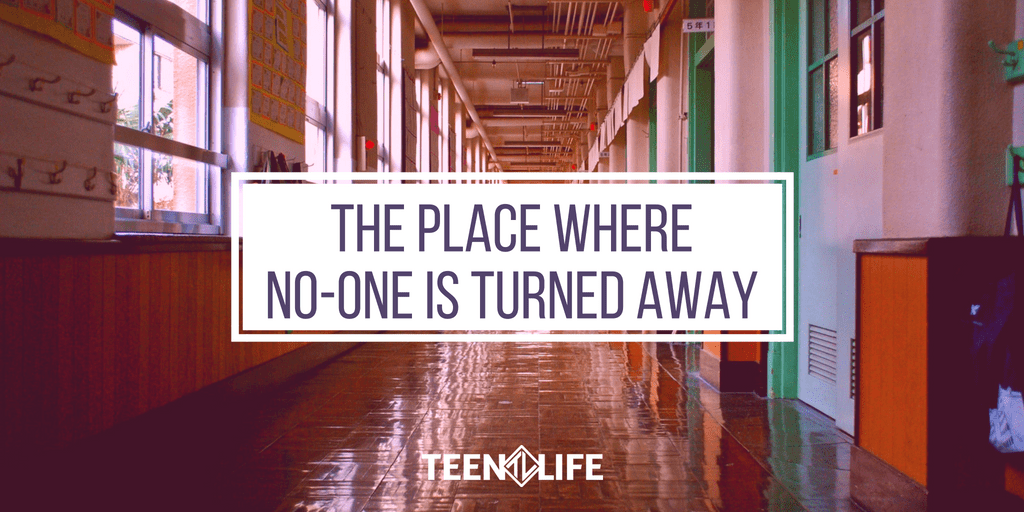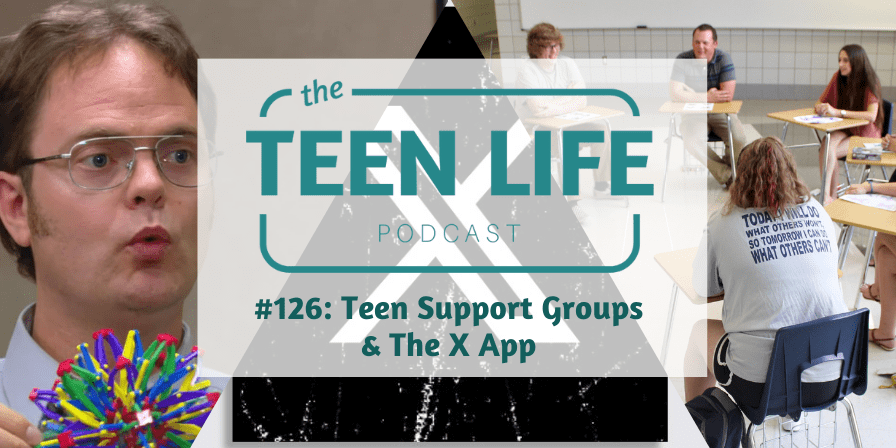
The Place Where No-One is Turned Away
What used to be done in houses of worship and other public spaces can really only be found in public schools. And the reason for this is why I am endlessly fascinated with public schools especially – there is no requirement for entry. Public schools have no financial, educational, socio-ethnic, or religious requirement for entry. Simply put – if you live within a certain boundary of a public school – you can go and learn!
To me it is kind of like our national park system. A long time ago, our nation’s leaders decided to reserve wide swaths of land, preventing anyone from exploiting or taking advantage of its natural resources. This would be a public space for all to enjoy nature without barriers to entry (save a daily fee, I guess).
You get to see nature in it’s most preserved state and know that you won’t see a shopping strip or oil rig. It will never be exploited for profit, and nature can just be enjoyed – by everyone.
Public schools in this way have to take everyone who passes through their doors. They have to accommodate all levels of learning and manage classrooms that are ever diversifying. Walking through the hallways and watching how the women and men work with their students is really a beautiful thing to watch.
For many students, the public school might be the only safe place they experience. For some, it is a shelter from abuse. For others, it represents a hot meal and badly needed resources. For others, access to compassionate adults who can advocate on their behalf.
This is a time of year where we shift back to the ebb and flow of the school day and calendar. Even those who do not have kids in school feel the effects of this time of year. We at Teen Life are so excited to start another year helping students on public school campuses across our area, and nationwide! Within the next few weeks across our nation, students head back to the classroom and our educators get back to work. Let us be looking for ways to support those who serve any and every student who come their way. It is a calling unlike any other.
Pray for our educators. Check in with them. Ask what they need. Provide it if you can. Support them. Advocate on their behalf.
School is back! Let’s lean into our local schools and make this year the best one possible!

Chris Robey
Former CEO
Chris Robey | Former CEO
Chris has spent most of his career empowering teenagers from all backgrounds. As the former leader of Teen Life, he is passionate about helping students make good choices while also giving adults the tools they need to communicate more effectively with teens. Chris is a graduate of Midwestern State University and holds a Master’s Degree in Family Life Education from Lubbock Christian University.




